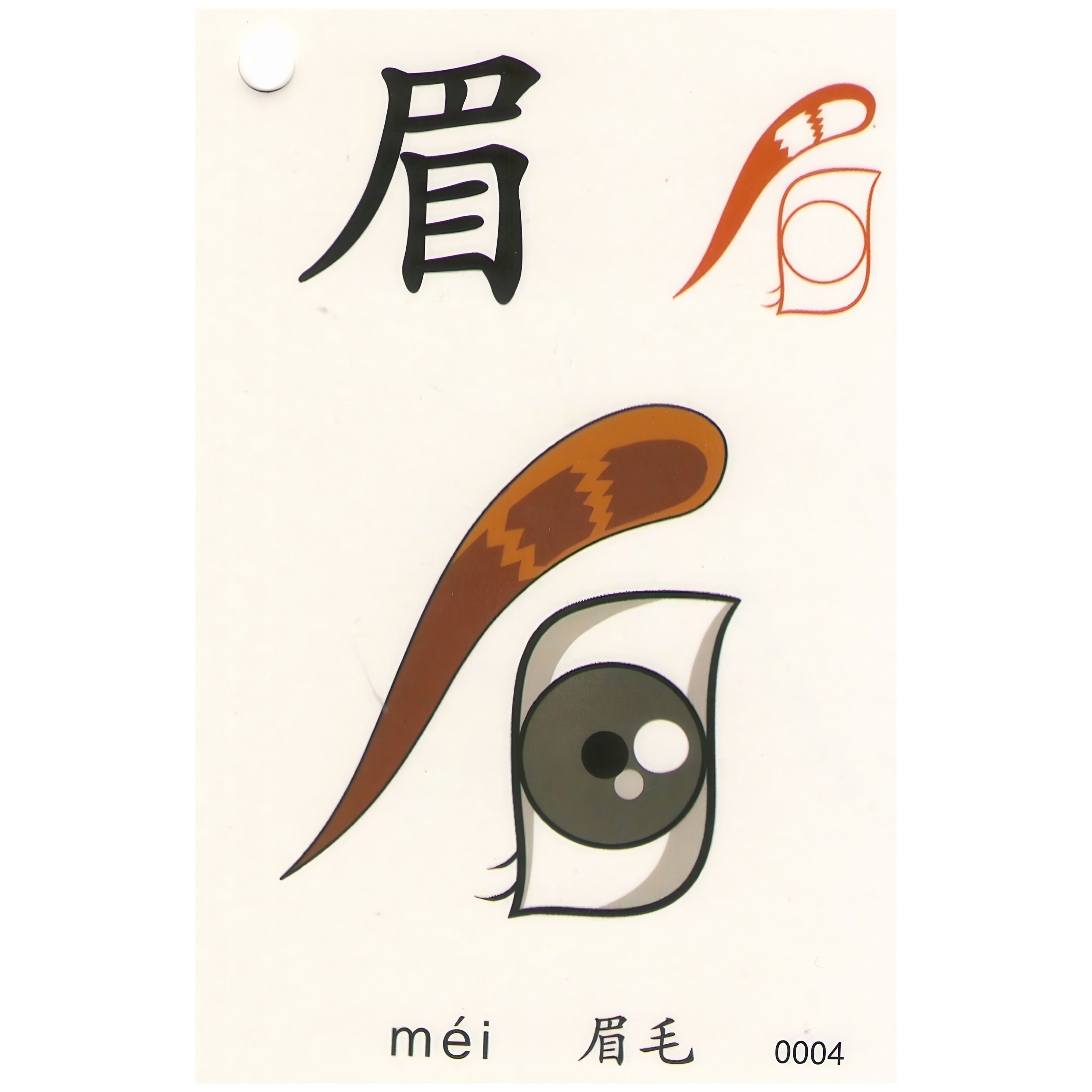
眉
説明
眉- Méi
"目" - mù - eye, the upper part of 眉- Méi could refer to "毛" - máo", meaning "hair" or "fur."
The combination represents the hairs above the eyes, hence "eyebrows."
This formation suggests the character's meaning directly and visually connects it to the facial feature it represents.
用法 (Usage)
As a noun, "眉" directly refers to the eyebrows.
眉毛 - méi mao - eyebrows
例如 (For example):
他的眉毛很浓。- Tā de méi mao hěn nóng
(His eyebrows are very thick.)
However, it is often used metaphorically in Chinese to denote expressions or emotions conveyed by the movement of the eyebrows, such as surprise, concern, or anger.
For instance, 眉头- méi tóu - the inner brow, refers to the area where the eyebrows begin, typically located above the inner corners of the eyes.
For example, "皱眉头" - zhòu méi tóu, means "to furrow one's brow," indicating worry or deep thought..
Idiomatic Expressions: "眉- Méi" appears in various idioms that use eyebrows metaphorically to talk about emotions or aesthetic qualities.
例如 (For example):
眉开眼笑 - méi kāi yǎn xiào - lit. "eyebrows rise and eyes smile," meaning to smile joyfully or beam with happiness
眉飞色舞 - méi fēi sè wǔ - lit. "eyebrows fly and colors dance," used to describe vivid, expressive facial gestures of excitement or happiness
Metaphorical Usage: In poetic or artistic contexts, "眉" can metaphorically relate to things that resemble the shape or curve of eyebrows.
例如:(For example):
山的轮廓好像一道眉形。-Shān de lún kuò hǎo xiàng yí dào méi xíng 。
(The outline of the mountain resembles the shape of an eyebrow.)
ポッドキャストチャンネル
每日一字
製作者
全エピソード

Pag-ibig ng Hari: Higit sa Yaman (Tagalog)
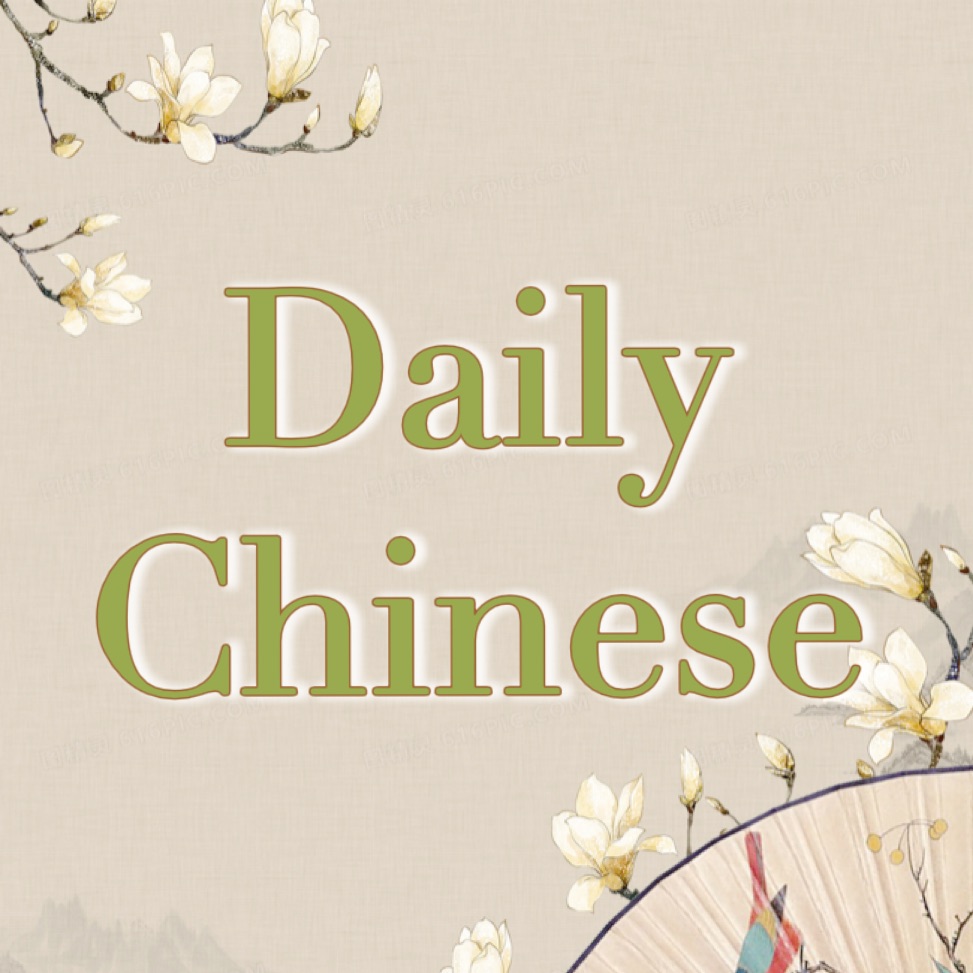
Here is a little gift for you 这是给你的小礼物
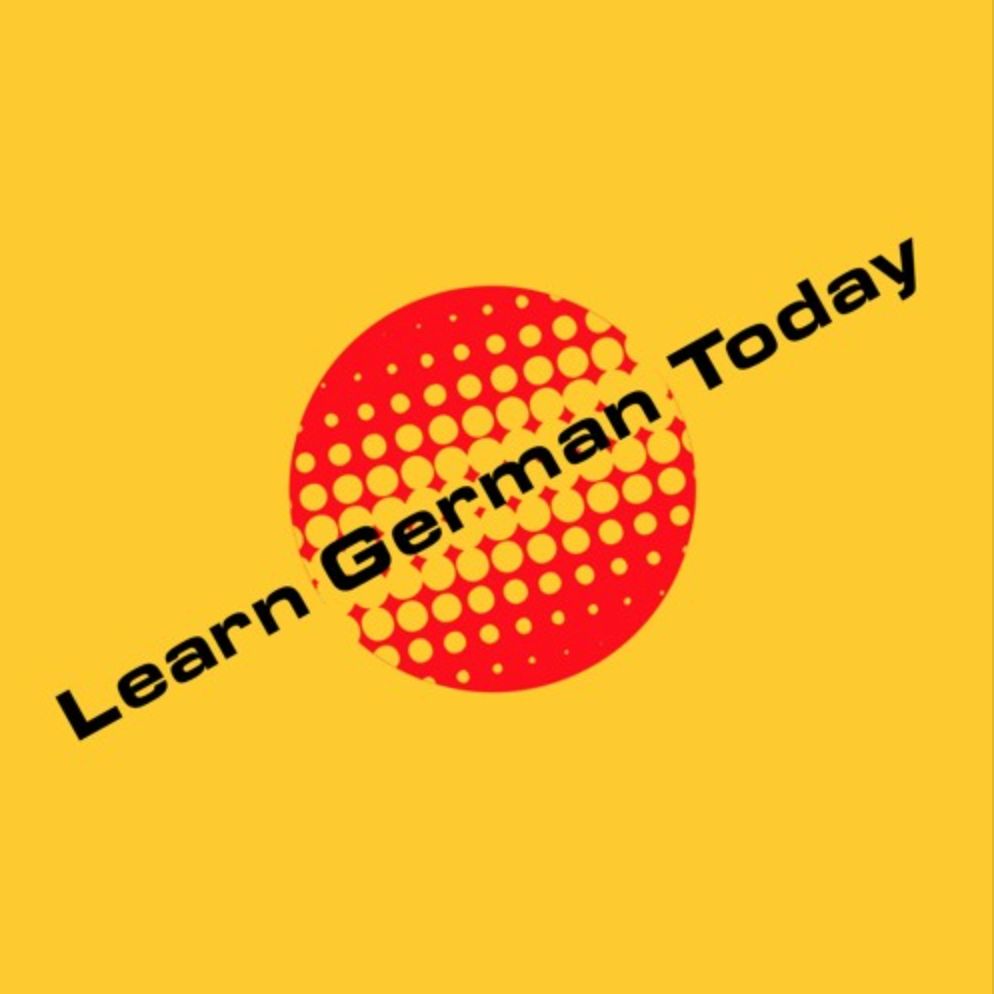
1_Denglisch
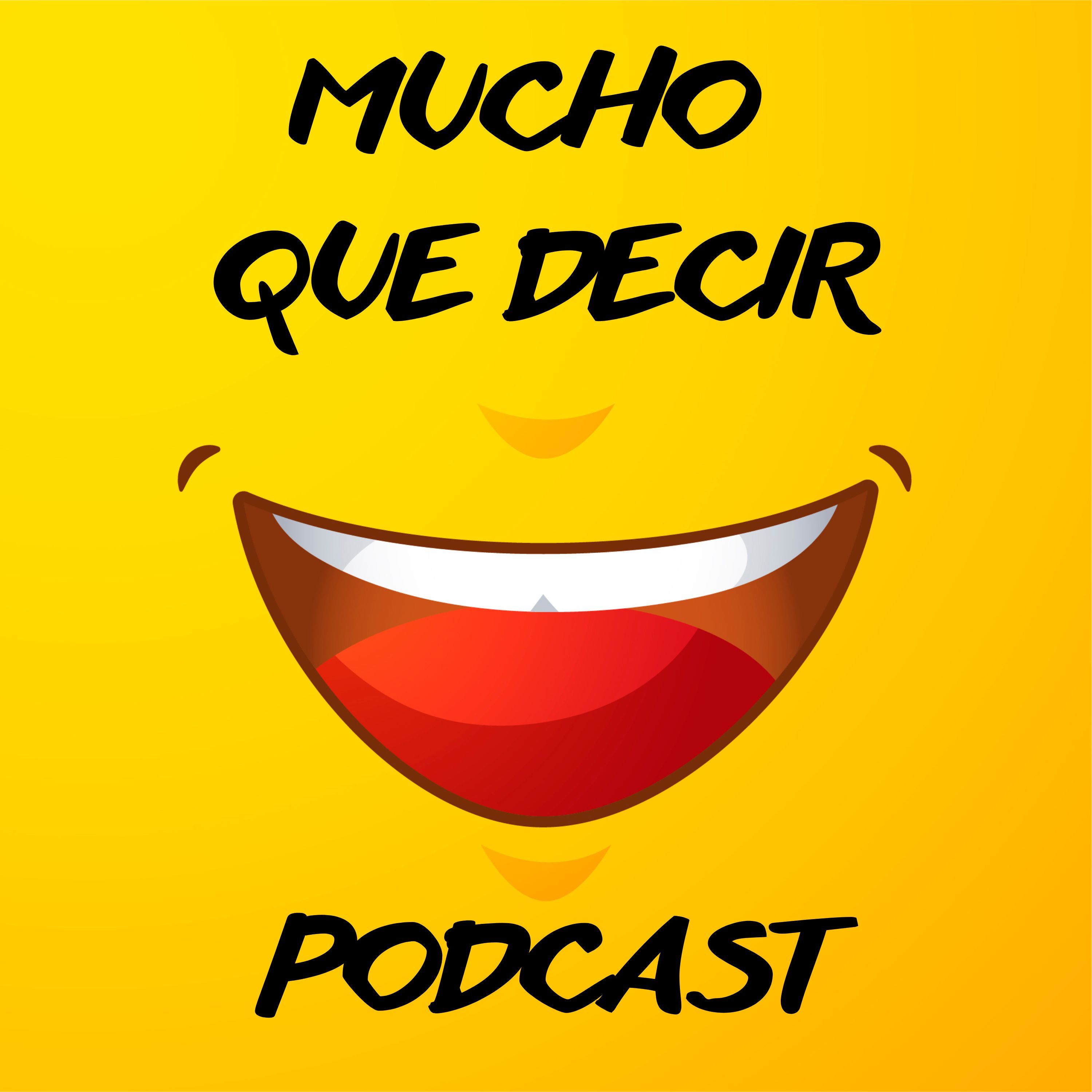
tratar de VS tratar a
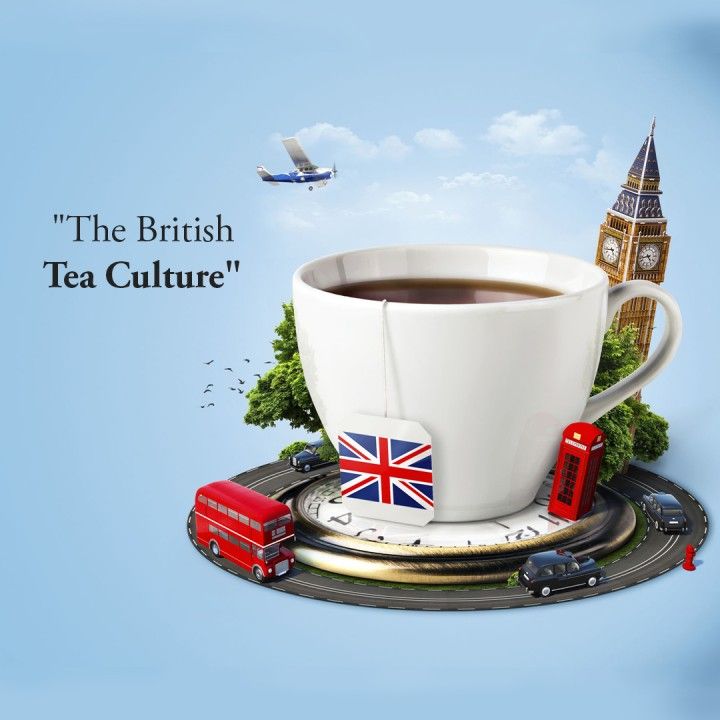
How to Make a Cup of Tea ☕

Kev's English Podcast: Episode 8: What books do I need for IELTS?

GROWTH REQUIRES INVESTMENT
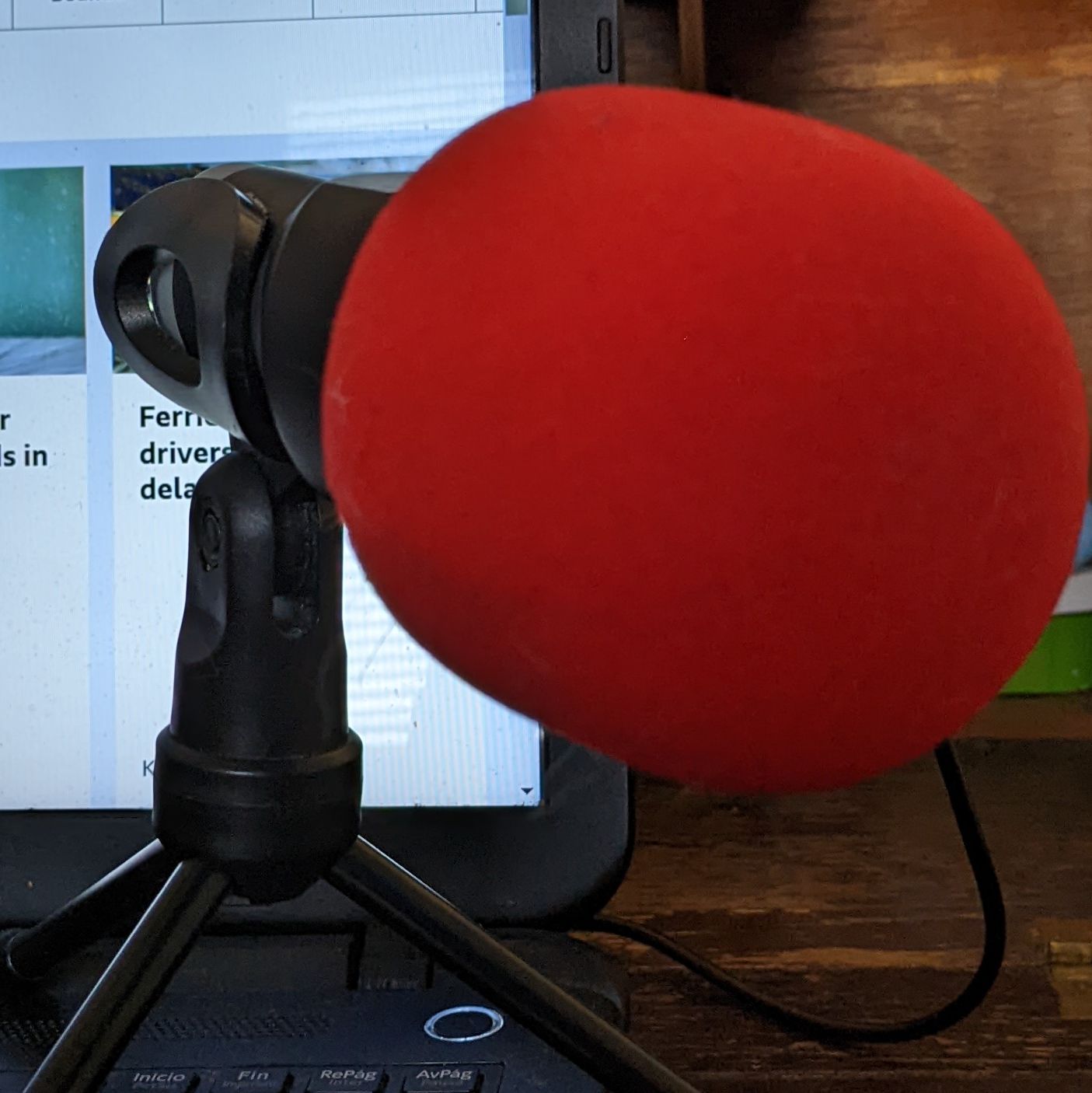
Tea Culture in the UK (with transcript)
人気のエピソード

Learning with teacher Levie
Pag-ibig ng Hari: Higit sa Yaman (Tagalog)

日常中文(Daily Chinese)
Here is a little gift for you 这是给你的小礼物

LearnGermanToday
1_Denglisch

Mucho que decir
tratar de VS tratar a

English with Jack
How to Make a Cup of Tea ☕

Kev's English Podcast
Kev's English Podcast: Episode 8: What books do I need for IELTS?

FLO TALKS
GROWTH REQUIRES INVESTMENT

Teacher Joseph's Podcast
Tea Culture in the UK (with transcript)